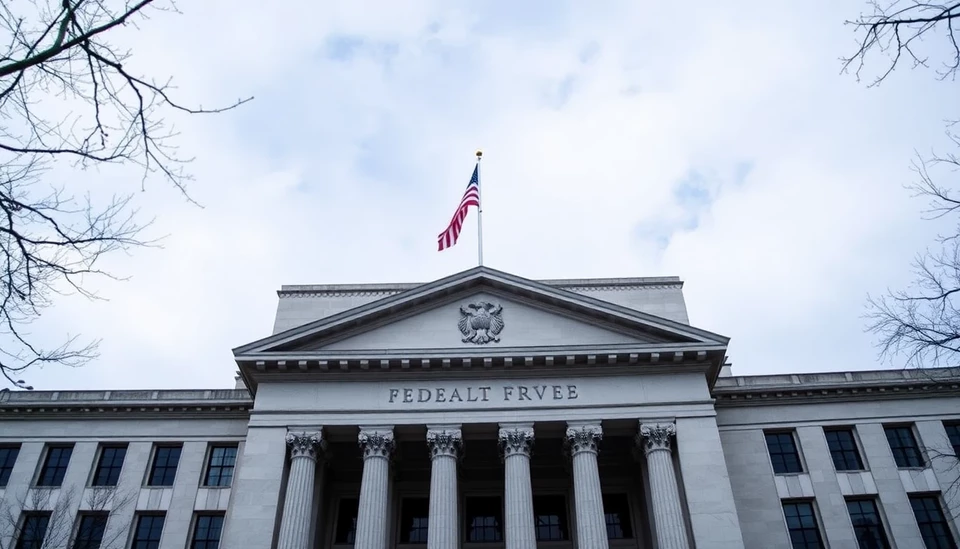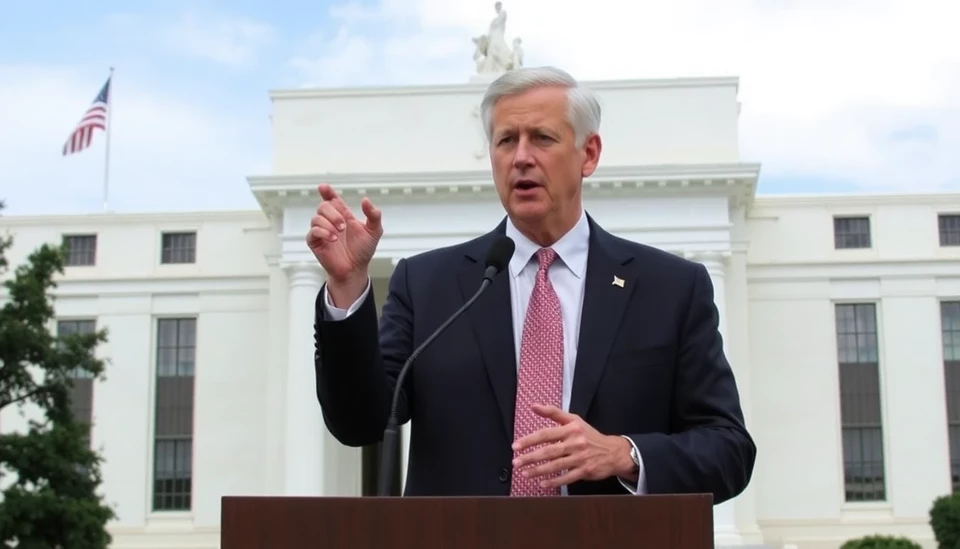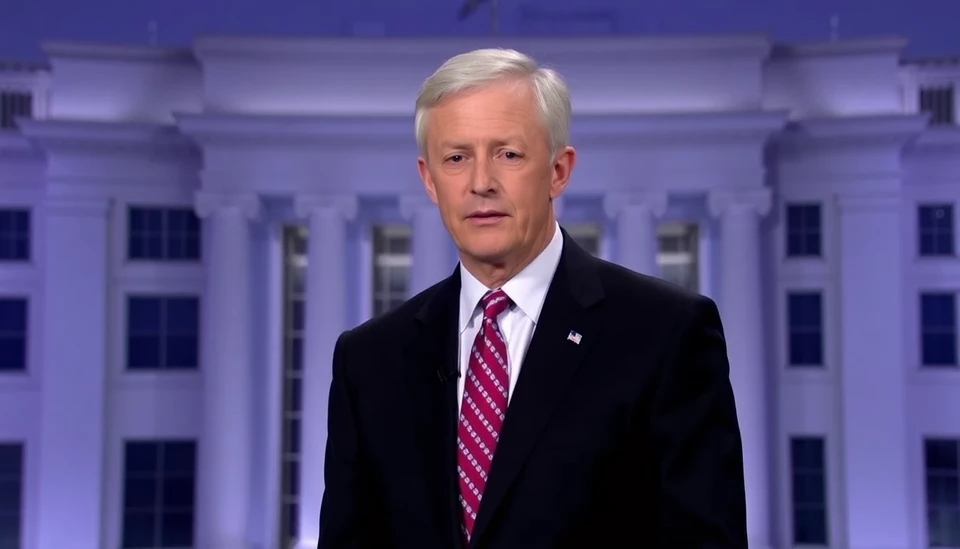
In a pivotal update that could significantly influence the U.S. economy, the December jobs report has emerged, suggesting a steady trend of moderate hiring throughout the year. This report arrives on the heels of the Federal Reserve’s assessment of the labor market and its implications for future monetary policy, particularly regarding interest rate adjustments.
The Labor Department’s latest data revealed an increase of 223,000 jobs added in December, coupled with a slight decrease in the unemployment rate to 3.5%. This growth, however, signals a cooling labor market, a trend observed throughout 2023. Moreover, average hourly earnings rose by just 0.2% during the month, a figure that reflects ongoing concerns about inflationary pressures while also suggesting that wage growth is beginning to temper.
The December figures caps off a year where job additions averaged 272,000 per month—down from last year's highs amidst a frantic post-pandemic hiring spree. Analysts interpret this as evidence that the U.S. economy is potentially shifting towards a more sustainable pace of growth, which could prompt the Fed to consider cutting interest rates in the coming months. Financial markets have already started to adjust their expectations, with traders now anticipating that the central bank may implement rate cuts by mid-2025.
The Federal Reserve has been in a rigorous battle against inflation, having raised rates aggressively throughout 2023. These continuous hikes have resulted in elevated borrowing costs, putting pressure on both consumers and businesses. Recent commentary from Fed officials suggests a willingness to ease up on rate increases to foster economic stability, provided inflation continues to trend downward and the job market remains resilient.
Looking ahead, economists highlight that while job growth remains positive, the slowing pace requires careful monitoring. The sectors leading job creation, such as healthcare and leisure, continue to show resilience, yet areas like technology have exhibited signs of contraction. The mix of job growth and slowing wage increases could influence the Fed's next moves as policymakers weigh the benefits of stimulating the economy against the risks of inflation rearing its head again.
Overall, the jobs report offers a mixed narrative: moderate hiring alongside signs of economic stabilization may vindicate the Federal Reserve's previous rate-hike strategy but also opens the door for future cuts as conditions evolve. The next few months will be critical as the Fed assesses overall economic health against its inflation targets.
Experts advise businesses and consumers alike to brace for potential rate shifts, which could reshape borrowing practices and spending behaviors. As the economic landscape continues to shift, focused attention will be essential for navigating the upcoming changes.
In conclusion, December’s employment data paints a picture of resilience in the U.S. labor market, while simultaneously suggesting that the Fed may soon pivot its approach to interest rates. The interplay between job growth, wage increases, and inflation will undoubtedly be central to the narrative as we advance into 2024 and beyond.
#FederalReserve #InterestRates #JobsReport #Economy #Inflation #LaborMarket #WageGrowth #2024Economics #MarketTrends
Author: Rachel Greene




